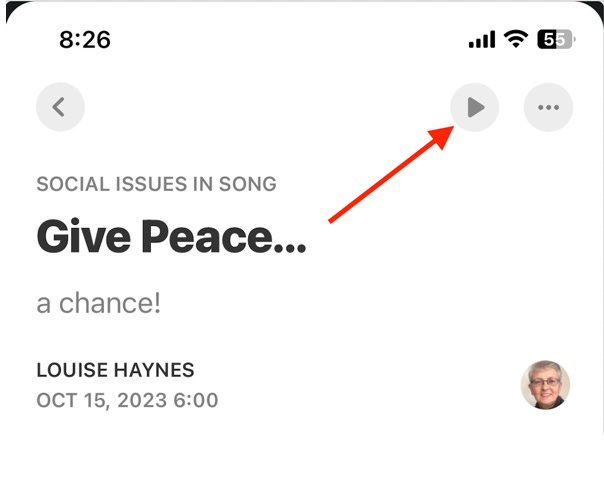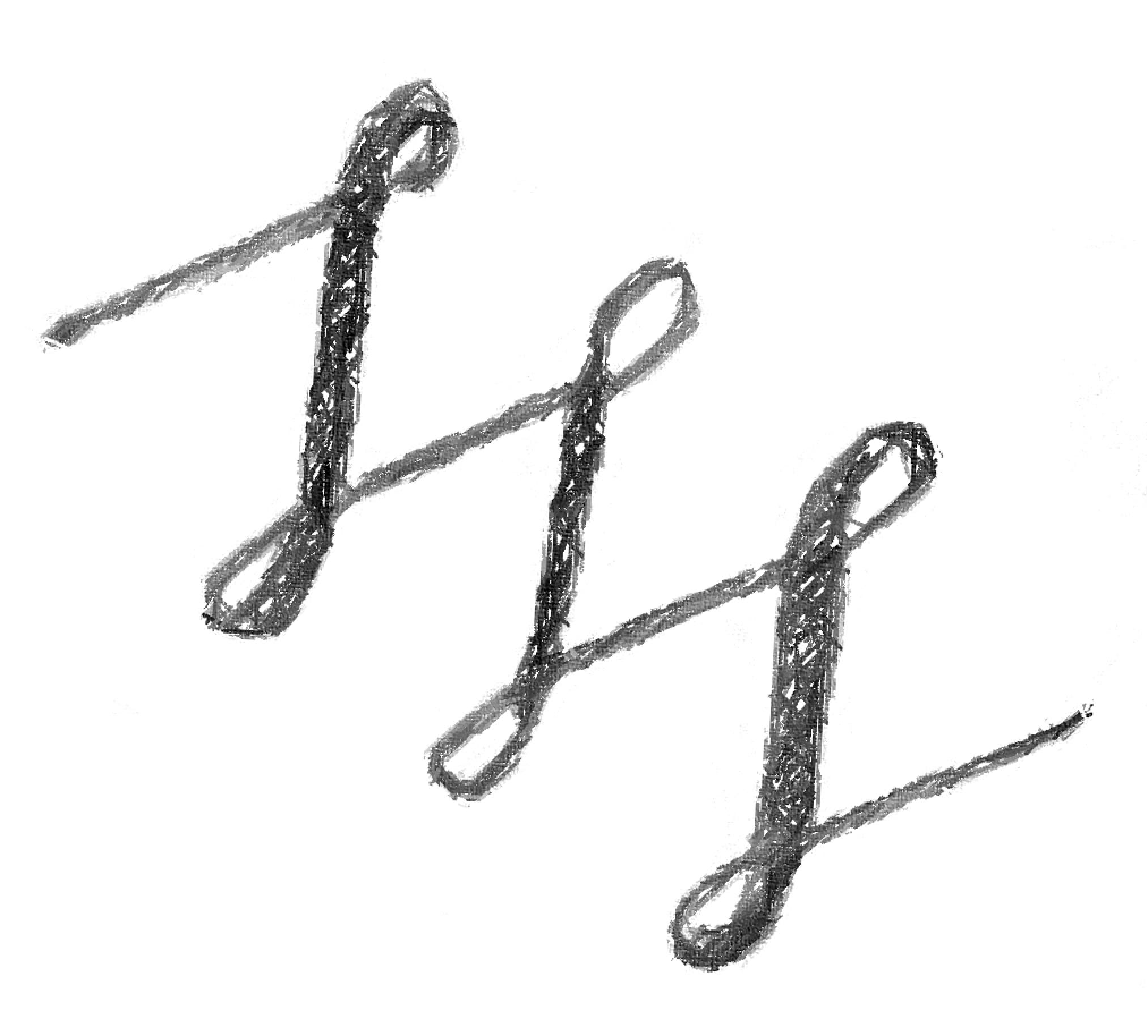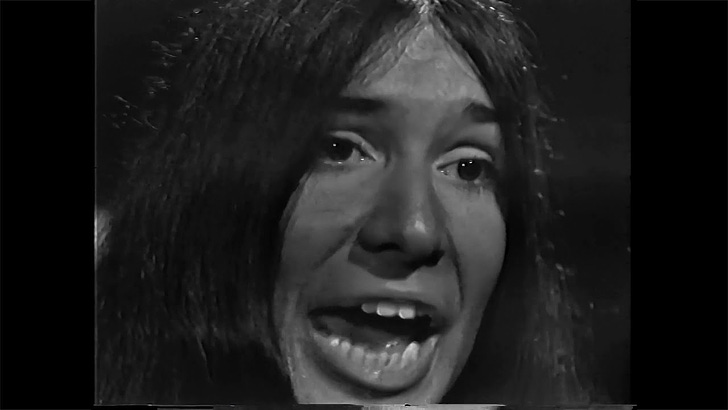Hi all,
Thank you for joining me for this week’s song, See You at the Knee, by Tony Palmer & Breeds, written in 2000.
If you’d like to hear the song before you read about it, I’ve included a YouTube video below the article. (You may have to open the video on YouTube.)
Below, you’ll find my interpretation of the lyrics (written in italics). Comments and questions are welcome. Please be respectful of others’ opinions if they should differ from yours.
Synonyms and/or definitions for vocabulary words in bold are provided below. If your phone/tablet is set to read aloud, you should be able to have the app read the article to you!
The Background
(706 words)
From the time that Europeans entered North America, they slowly moved to the west and occupied the lands of the people who originally lived there. This began a period of conflict between the settlers who needed land and the people who were willing to share, but not give away, their resources. However, Europeans had much more power in terms of weapons. The Native Americans thought that “European warfare [was] far more savage than their own” (Lowen, p. 116).
The U.S. government made agreements with the leaders of Native American nations who lived in the plains areas. One of these nations was the Sioux (pronounced su:), which included a group called the Lakota. In 1868, they signed a treaty called the Treaty of Fort Laramie, which gave them a large piece of land called the Great Sioux Reservation. However, later, the U.S. government took away a lot of their land because there were valuable resources on it.
In 1887, another law called the General Allotment Act made things even worse for the Lakota. They were forced to live on even smaller pieces of land and had to change their way of life. The Lakota were used to moving from place to place that had good hunting. Now, they had to start farming and raising cattle, learn a new language (English), and stop following their own religions. This made it difficult for them to keep their culture alive. They had to depend on the government to give them food. In 1889, the government cut down the amount of food they got. It was a tough time, and the Lakota were almost starving.
Then, on December 29, 1890, the U.S. Army cavalry went to the camp where the Miniconjou, a Lakota group, were living near a place called Wounded Knee Creek in South Dakota. The soldiers wanted to take away their weapons. Even though the Miniconjou leader, Big Foot, said they would surrender without fighting, things got really tense. During the search for weapons, the soldiers started shooting. Many Miniconjou, including Big Foot, were killed. Even women and children who tried to run away were shot. It is believed that perhaps more than 300 Miniconjou were killed, and almost half of them were women and children.
Afterwards, the U.S. Army tried to say it was a battle, but later investigations and people who saw what happened confirmed that it was a massacre. This was the last big fight between the United States and the Plains Indians.
The Song
The song begins by setting the scene of the people who had to leave their lands and move to the Pine Ridge Reservation.
The snow was deep and they had no sleep
Been a hundred years or more
Since the Old One died in sad defeat
At the ending of the war
It was ten below (zero = -23C) but they had to go
As sadness filled their eyes
They had no way, no going back
And no time to wonder why
No time to wonder why
No time to wonder why
And a voice keeps calling me
I’ll see you at the Knee
The second verse shows the difference in power between the Lakota people and the U.S. Army: Those events that stood no chance and the Lakota being shot by the soldiers With the cannons bearing down
And a winter’s wind brought to an end
Their blood upon the ground
And on the hill not far away
Stood the devils dressed in blue, referring to the U.S. cavalry soldiers.
And freezing now
I cry, somehow, at the hell that they went through
At the hell they went through
At the hell they went through
The songs ends with a narration about the event:
In the winter of the year 1890, over 350 Lakota men, women and children were massacred by the United States cavalry at a place called Wounded Knee, South Dakota. And as they lay there bloody and dying in the winter snow, very few were saved. But they were buried together where a monument now stands, in a mass grave.
It is a good day to die.*
.
Mass killing, wiping out or forcibly removing entire populations, whether it is threatened or put into action, can never be condoned or pardoned.
Let’s talk about it!
When one group has a military and weapons far more advanced and powerful than another group, do you think it is ever acceptable for those weapons to be used?
VOCABULARY
occupy - to take control of a place
settler - a person or people who enter an area and start a new colony
resource - an important way for a country to support itself or become wealthier, for example with it of minerals, land, tree, oil, and other valuable things
savage - uncivilized, cruel, wild
plains - a large area of flat land with few trees
treaty - a promise by two sides after discussion and agreement
reservation - a section of public land set aside (as for use by American Indians)
valuable - worth a good price
cattle - cows
starve - to not have enough to eat
cavalry - an army that rides on horseback
surrender - give up, to give (oneself) up into the power of someone else, especially as a prisoner
things got tense - a stressful or dangerous situation
investigation - to observe or study by examining carefully
massacre - killing a number of usually helpless human beings who are not resisting
bury - to put a body or something into the earth
monument - a stone or a building put up in order to remember a person or event
mass grave - a place where many people are buried without markers
threaten - to say that you’re going to do something to harm someone or something
condone - accept and allow to continue
pardon - to forgive
Sources:
Encyclopædia Britannica. The battle of the little bighorn and the cessation of war. https://www.britannica.com/topic/Sioux/The-Battle-of-the-Little-Bighorn-and-the-cessation-of-war
Loewen, J. W. (2007). Lies my teacher told me: Everything your American history textbook got wrong. Simon & Schuster.
.
*NOTE: For a short comment on the quote, “It is a good day to die”, see: http://www.native-languages.org/iaq21.htm
For another song about the original people of North America, see:
My Country ‘tis of Thy People You’re Dying
Hi all, Thank you for joining me for this week’s song, My Country ‘tis of Thy People You’re Dying, was written by Buffy St. Marie in 1966. Buffy St. Marie is an Indigenous Canadian-American musician and activist. She has written many well-known songs. In this song, she talks about the many broken promises and unfair treatment that the original people of …











Hi Louise! To answer your prompt on the relationship between the power of a nation's weaponry and its subsequent responsibility, I would say the greater the weaponry, the greater the responsibility to be PROPORTIONATE in response to attacks (i.e. self-defense). Said another way, the bigger kid in the schoolyard does not get to beat up the smaller kids. H or she has even MORE responsibility because he or she IS stronger than the other kids.
More information here:
O'maka Tokatakiya/Wašigla “Big Foot” Riders and Wounded Knee
Amelia Mavis Christnot
https://auntiemavis.substack.com/p/future-generations-ride-wounded-knee
and here:
December 28, 2023
Heather Cox Richardson
https://heathercoxrichardson.substack.com/p/december-28-2023